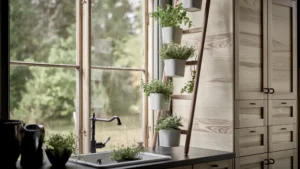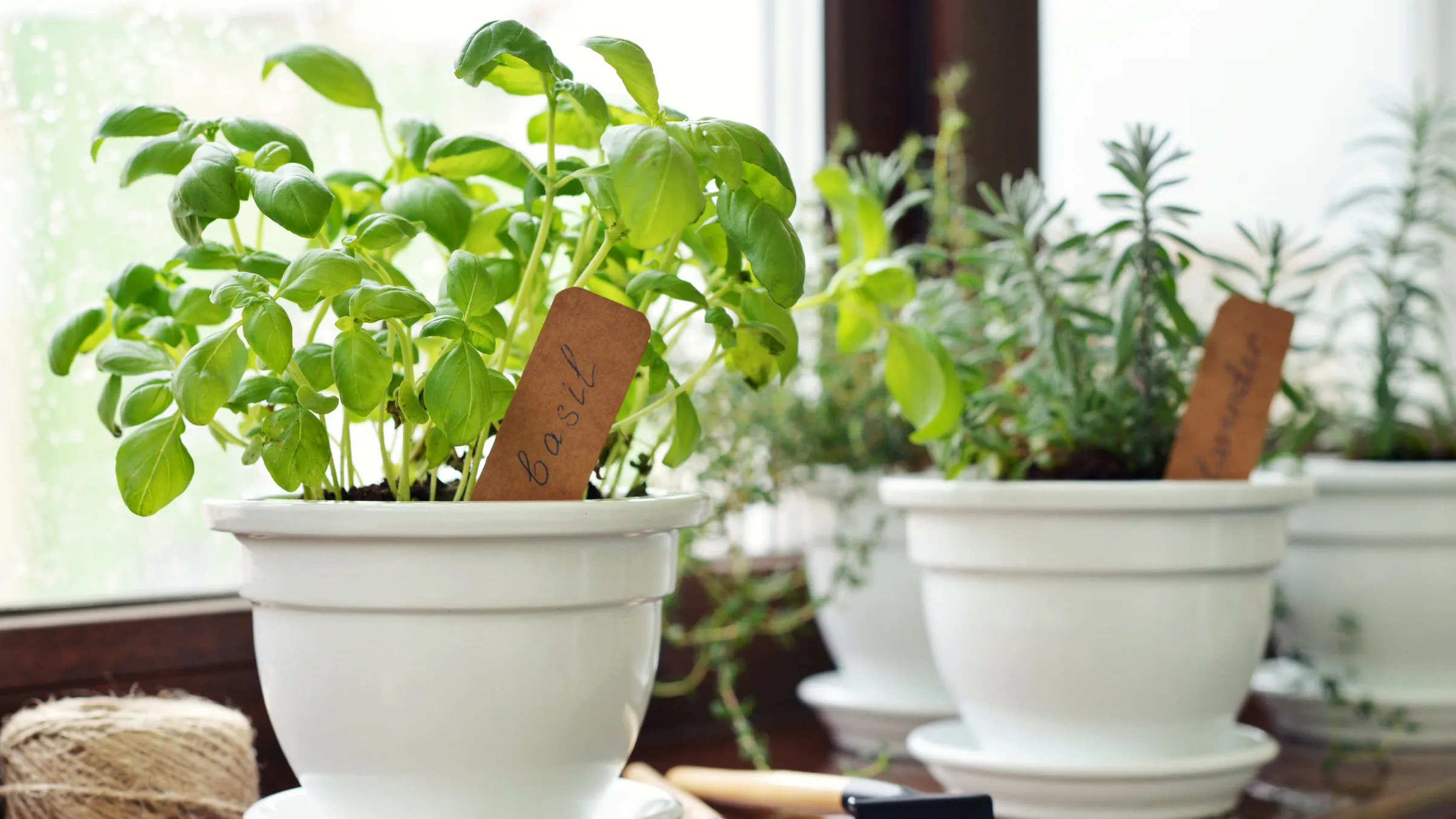Growing a kitchen herb garden is a fantastic way to bring fresh flavors to your cooking while adding a touch of greenery to your home. Herbs are relatively easy to grow, require minimal space, and can thrive indoors or outdoors. Here’s a comprehensive guide to starting your own kitchen herb garden.
Growing your own kitchen herbs brings fresh flavors right to your fingertips, making every meal a delight. While nurturing basil and mint, I discovered how rewarding it is to see quick results, much like finding a casino that pays fast when you’re in luck.
Herbs thrive with consistent care, just as timely rewards keep things exciting. Whether you’re harvesting parsley or exploring new opportunities, efficiency matters in the garden and beyond.
Start small with easy-to-grow varieties and enjoy the rapid growth and convenience they offer. Your culinary creations will thank you for the homegrown touch!
Choosing the Right Herbs
When starting a kitchen herb garden, selecting the right herbs is crucial. Consider herbs that you frequently use in your cooking and that are easy to grow.
- Basil: A versatile herb that thrives in warm temperatures and loves sunlight. Perfect for Italian dishes, salads, and sauces.
- Parsley: Available in curly and flat-leaf varieties. It’s great for garnishing and enhancing the flavor of soups and salads.
- Cilantro: A staple in Mexican, Indian, and Asian cuisines. It grows quickly and prefers cooler weather.
- Mint: A fragrant herb that grows abundantly. Ideal for teas, desserts, and savory dishes.
- Thyme: A hardy herb that grows well indoors and outdoors. It’s perfect for seasoning meats, soups, and stews.
- Rosemary: A woody herb that requires lots of sunlight. Its needle-like leaves add depth to roasted dishes and marinades.

Selecting the Right Containers
Choosing the right containers is essential for a thriving herb garden. Herbs can be grown in a variety of containers, including pots, window boxes, or even recycled containers like mason jars.
- Drainage: Ensure your containers have adequate drainage holes to prevent waterlogging, which can lead to root rot.
- Size: Select containers that are at least 6-12 inches deep, depending on the herb. This allows enough room for the roots to grow.
- Material: Terracotta, ceramic, and plastic pots are popular choices. Terracotta pots are breathable and help prevent overwatering but may dry out more quickly.
Preparing the Soil
Good-quality soil is crucial for healthy herb growth. Herbs prefer well-draining soil that is rich in organic matter.
- Soil Mix: Use a mix of potting soil and perlite or sand to ensure proper drainage. You can also add compost to enrich the soil with nutrients.
- pH Levels: Most herbs prefer slightly acidic to neutral soil (pH 6-7). Test your soil pH and adjust if necessary using soil amendments.
- Fertilization: Use a balanced, all-purpose fertilizer or organic compost to provide nutrients. Avoid over-fertilizing, as it can lead to leggy growth and less flavorful herbs.
Planting Your Herbs
When planting herbs, consider spacing and placement to ensure optimal growth.
- Seed vs. Seedlings: You can start your herb garden from seeds or purchase seedlings from a nursery. Seeds take longer to grow, but seedlings give you a head start.
- Spacing: Herbs need enough space to grow. Follow the spacing recommendations on seed packets or plant labels. Generally, herbs should be spaced 6-12 inches apart.
- Planting Depth: Plant seeds or seedlings at the correct depth. Cover seeds lightly with soil and water gently. For seedlings, plant them at the same depth they were growing in their original containers.
crazyvegas.com casino real money casinos nz
Varvarag.info appears to be a personal website or blog. While visitors explore the content and insights shared, some individuals might also enjoy online entertainment during their personal time. For those in New Zealand seeking the thrill of real money play, exploring crazyvegas.com casino real money casinos nz can offer a compelling experience. Discover a platform where you can play for actual winnings in a secure online environment.
Providing Adequate Light
Most herbs require at least 6-8 hours of sunlight per day. Place your herb garden in a sunny spot, such as a south-facing window or a bright balcony.
- Indoor Light: If growing herbs indoors, ensure they receive enough natural light. If needed, use grow lights to supplement and provide consistent light.
- Rotate Plants: Rotate your pots every few days to ensure all sides of the plant receive adequate sunlight and grow evenly.
Watering and Care Tips
Proper watering and care are essential for a thriving herb garden.
- Watering: Water herbs thoroughly but allow the soil to dry out slightly between waterings. Overwatering can lead to root rot.
- Pruning: Regularly prune herbs to encourage bushier growth and prevent them from becoming leggy. Pruning also helps delay flowering, which can reduce the flavor of some herbs.
- Pest Control: Watch for common pests like aphids, spider mites, and whiteflies. Use organic insecticidal soap or neem oil to treat infestations.
Harvesting Your Herbs
Harvesting herbs correctly ensures continued growth and abundant yield.
- Timing: Harvest herbs in the morning after the dew has dried but before the sun becomes too hot. This preserves their essential oils and flavor.
- Method: Use clean, sharp scissors or pruning shears to cut the herbs. Harvest just above a leaf pair to encourage more growth.
- Storage: Use fresh herbs immediately for the best flavor. Alternatively, dry or freeze them for later use. Dry herbs by hanging them in a cool, dark place or using a dehydrator.
Benefits of a Kitchen Herb Garden
Growing your own herbs offers numerous benefits beyond just fresh ingredients for cooking.
- Convenience: Having fresh herbs at your fingertips saves time and money on grocery store trips.
- Flavor and Nutrition: Fresh herbs enhance the flavor of dishes and provide essential vitamins and antioxidants.
- Aesthetic Appeal: A kitchen herb garden adds a touch of greenery and can be an attractive addition to your kitchen décor.
Discover the World of Varvara G.
Explore the personal website of Varvara G., offering insights and perspectives on various topics and experiences. Connect with her unique journey and interests. For those with diverse online interests, you can visit website for information on Australian platforms.
Conclusion
In conclusion, growing a kitchen herb garden is a rewarding experience that brings freshness and flavor to your meals while adding beauty to your home. With the right herbs, containers, soil, light, and care, you can enjoy an abundant supply of fresh herbs year-round. Start your herb garden today and savor the taste of homegrown goodness!

